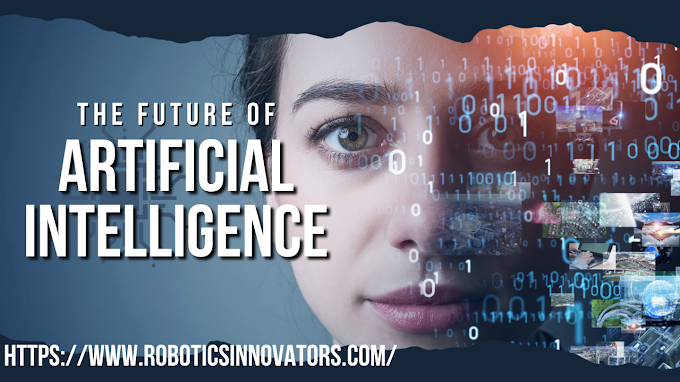The science of designing, creating, and utilizing robots is known as robotics. Robots are created for several purposes, including to assist in repetitive manufacturing operations, perform medical procedures, work in hazardous places like space or under water, or clean up regions contaminated by nuclear radiation. There are many more applications for robots, such as companions for the elderly.
We examine the top free and open-source robotics frameworks currently on the market in the list that follows.
Robot software may be created using the open-source ROS (Robot Operating System) framework. It began in 2007 with the intention of making the process of developing complicated robot behavior across a wide range of robotic platforms more straightforward. The permissive BSD license governs its licensing.
ROS is made up of several parts. It has a communication infrastructure at the most basic level that includes message passing, recording, and playback of messages for asynchronous communications, remote procedure calls for synchronous communications, and a distributed parameter system to allow tasks to share configuration data.
Common robot-specific libraries and tools are provided by ROS. Libraries include, for instance, the Robot Geometry Library, which maintains an account of how a robot's various pieces relate to one another. Language for Robot Description,
A C++ open source program called YARP (Yet Another Robot Platform) facilitates the development of a robot control system by managing communication between sensors, actuators, and computers. It is particularly appropriate for humanoid robots.
YARP offers a variety of command-line and graphical user interface (GUI) tools, such as yarpviz (for analyzing and visualizing the YARP network), yarpmotorgui (for manipulating all the joints of a robot using sliders), and yarpdataplayer.
The MRPT (Mobile Robot Programming Toolkit) is a free and open-source set of C++ programs and libraries that cover the data structures and algorithms used in popular robotics research fields, including computer vision, motion planning, and simultaneous localization and mapping (SLAM). The BSD license governs its use.
Some examples of libraries and applications included in MRPT are mrpt-kinematics (classes for defining and managing the kinematics of robotic arms), mrpt-detectors (a set of generic computer-vision-based detectors), mrpt-graphslam (basic graph-SLAM algorithms), graphslam-engine (performs 2D graph-slam), grid-matching (executes occupancy grid matching techniques), and robotic-arm-kinematics (a useful tool for teaching and learning the basics of robotic arm kinematics).
A free, open-source 3D robot simulator is called Gazebo. It allows for the precise and effective simulation of robot populations in intricate indoor and outdoor areas and renders such scenes realistically with excellent lighting, shadows, and textures.
It provides dynamic simulation using a variety of powerful physics engines, including ODE, Bullet, Simbody, and DART. On distant servers, simulations can be run. It features a robust command-line tool set, and you can create your own custom plugins with direct API access.
An open-source set of C++ libraries for sophisticated machine and robot control is called OROCOS (Open Robot Control Software). These libraries are the Orocos Toolchain, KDL (Kinematics and Dynamics Library), and BFL (Bayesian Filtering Library).
The KDL (Kinematics and Dynamics Library) offers class libraries for geometrical objects (point, frame, line, etc.), kinematic chains from different families (serial, humanoid, parallel, mobile, etc.), as well as their motion interpolation and definition.
The Bayesian Filtering Library (BFL) offers a framework for inference in dynamic Bayesian networks that is independent of application.
Using modular, run-time-changeable software components, you may build real-time robotics applications using the Orocos Toolchain. It works on Windows, macOS, and Linux platforms. It offers extensions to various robotics frameworks like ROS and YARP as well as system event recording and reporting capabilities.
Conclusion
These frameworks have undergone a great deal of work, and most importantly, they are actively developed and have vibrant communities. Other decent frameworks exist, such as Player Project and CARMEN, but they are no longer being actively developed.








.jpg)




